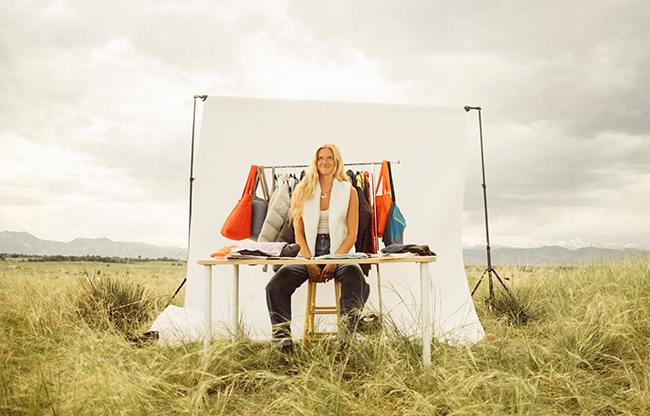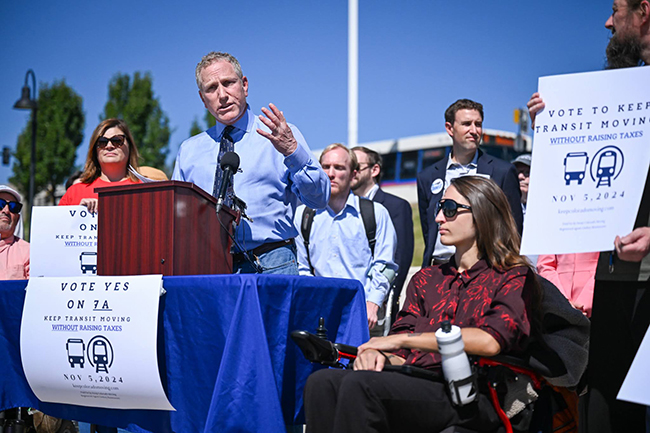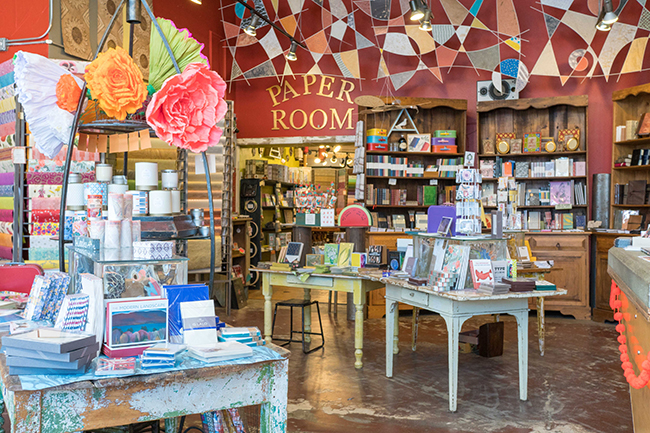Guide To an Unconventional Ski Season
23 Dec 2020
This winter will be the weirdest ski season in recent memory, but Colorado resorts are up for the COVID challenge. They’re getting creative to give skiers a much-needed break from quarantine life and send them to the slopes safely.
By Julie Kailus
Note: To keep up with changes as the season progresses, visit Colorado Ski Country’s COVID-19 webpage for updates.“The ski industry is a very optimistic bunch of people,” says Chris Linsmayer of Colorado Ski Country USA, the not-for-profit trade association representing 22 ski and snowboard resorts. “Even though things are in flux, our resorts are really excited to open this season, maybe more than ever.”
Whether you bought a season pass or are holding off to see how the season shakes out, here’s a guide to what you can expect à la coronavirus. Remember, these are general modifications, so check with your resort of choice before you visit.
Pass holders: If you like variety, having a multi-resort pass will simplify your life and give you the best access this season. Currently, only Vail Resorts is requiring reservations for season pass holders. This means pass holders get to book ski days at resorts of their choice before the general public. If you don’t know your vacation plans or available days to ski yet, priority reservations during the core season can be locked in up to seven days before lift tickets go on sale to non–pass holders.
Tickets: Some smaller resorts will still allow walk-up ski ticket purchases, but save everyone the hassle (and person-to-person contact) and buy online. Pre-purchases will be the norm this season, so head to your favorite ski area’s website and do the deal as early as you can. Of note: Vail Resorts—Vail, Beaver Creek, Breckenridge and Keystone in Colorado—will not sell lift tickets for a given day if pass holders reserve all the spots during initial “priority” booking.
Parking: It’s going to be interesting, and many local ski areas known for their free or close-in spots are still releasing details on lot reservations and logistics. For example, Eldora, Boulder’s backyard ski area, has introduced up to seven advanced days of parking bookings, plus week-of reservations.
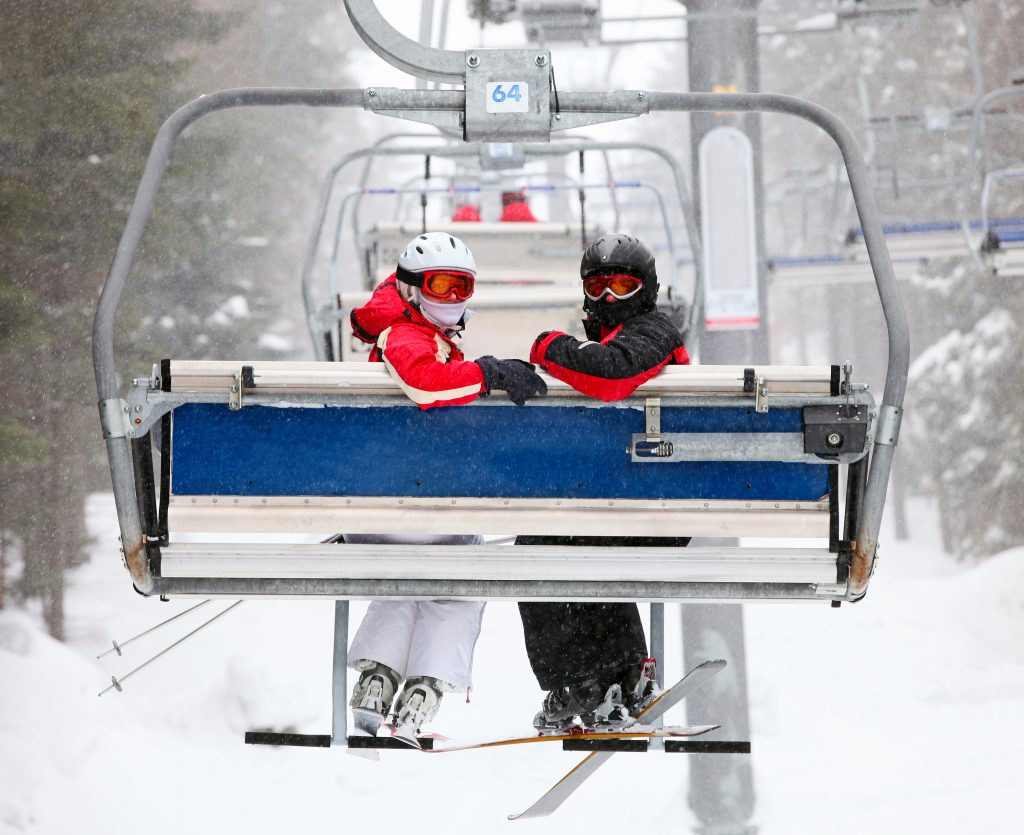
Lifts: Physical distancing protocol will mean unrelated parties can still ride together with at least one open seat in-between. However, if you’re only comfortable riding with friends and family, lifties should be able to accommodate the request.
Gondolas: Keep skis and snowboards in hand while waiting in gondola lines rather than on your feet. Gondolas can operate at full capacity if all riders are with the same group, but two separate groups can ride in one gondola at 50 percent capacity or less. If you're alone or in a small group and don't want to ride with another party, consider skiing during off-peak hours. Gondola operators may be not be able to safely run a singles line in busy morning hours, instead sending solo skiers to an alternate lift, says Linsmayer.
Food: Expect more outdoor dining with heat lamps, indoor seating limitations, food trucks, pre-packaged snacks, order-ahead apps and grab-and-go meals. Copper Mountain has a new family-style takeaway dining and delivery service, along with a text-notification waitlist system for all on-mountain dining establishments. Vail’s panoramic Belle’s Camp in Blue Sky Basin will stage plenty of outdoor picnic tables for socially appropriate lunching. Best alternative? Pack a lunch and make a midday break for your car or whatever warm spot you can find.
Gear: Ski gaiters, the functional face masks of the mountain, will be required everywhere, so stock up on your favorites now. Also, most communal storage areas and ski lockers will be closed, so plan ahead with the right layers and places to store your stuff on your person, like a lift-safe backpack. Rental shops will also have restrictions, reservations and capacity limits.
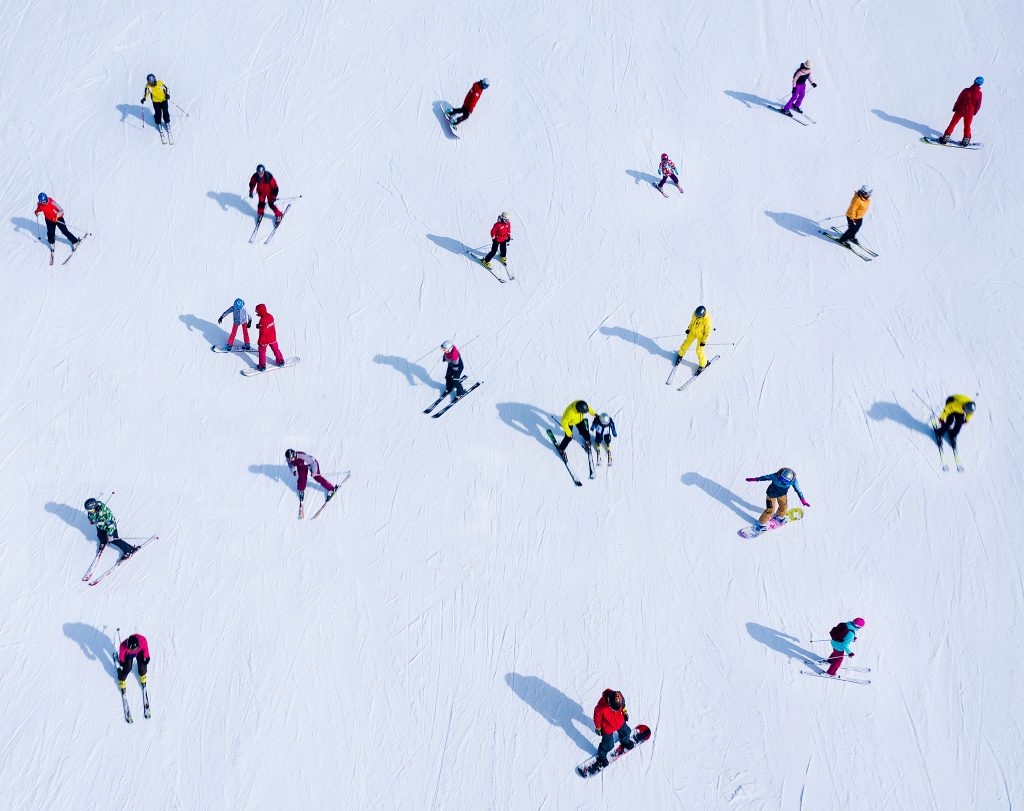
More notes on skiing in a pandemic:
Weekday warriors: Skiing on weekdays is the safest way to avoid crowds, and with more of us working from home, this may be a welcomed new reality.
“Ski lane” is open: The newly expanded I-70 westbound third lane is opening early, just in time to help alleviate first-tracks traffic.
In the backyard: Want to “stay at home” for ski season? The RTD ski bus will still commute to Eldora, Boulder’s closest ski area, with limited capacity and hours. Eldora also put several safety measures in place, including reconfigured dining areas, touchless ordering, physically distant lift lines and online parking reservations.

Backcountry 101: Know Before You Go
With uncertainty comes a desire to control the situation. And for more skiers than ever before, that may mean taking winter into their own hands in the backcountry. But skiing anywhere out of bounds is no joke. Colorado snowpack is predictably unpredictable; your chance of risk will never be zero when conditions are changing dramatically both day-to-day and over the season.
Off the grid, you’re responsible for decisions that could prove to be illegal—even lethal. Should you venture out, heed this advice from Colorado backcountry ski instructor, splitboard guide and AIARE (American Institute for Avalanche Research and Education) teacher Sarah MacGregor:
Get educated. Avalanche best practices are constantly evolving. Find a mentor and take a backcountry or avalanche course through AIARE, American Avalanche Institute or Silverton Avalanche School. Keep your skills up by reading, listening to podcasts and practicing route-planning.
Understand the forecast. Know how to interpret weather and avalanche danger. Eighty percent of fatalities occur when the forecast is between “moderate” and “considerable.” Plan your route based on conditions and always be willing to bail on the objective and find a safer slope.
Dial back terrain selection. Allow for wide margins for error and stick to low-angle terrain under 30 degrees. The closer you thread the needle near suspect slopes, the higher the chance of remotely triggering a slide.
Practice in your gear. Work through your gear in a safe place and make sure you’re confident skiing or riding in all terrain before you head into the backcountry where consequences are higher.
Don’t follow blindly. Take responsibility for your safety, ask questions, be clear on your group’s decision-making and don’t assume the person ahead of you set the skin track in a safe place.
Leave your ego behind. Don’t do it for the Insta posts. Colorado snowpack is notoriously unpredictable; there will always be risks, so don’t exacerbate them with reckless bravado. Just because nothing bad has happened yet doesn’t mean it won’t.
Just be nice. Backcountry culture can sometimes feel exclusive or elitist—change that! If you’re experienced in the backcountry, include someone, mentor a newbie and keep all parties involved in the decision-making conversation. We were all beginners once.
Want to skip the slopes altogether? Check out our Cross-Country Ski and Snowshoe Guide so you can still get out there and enjoy!






